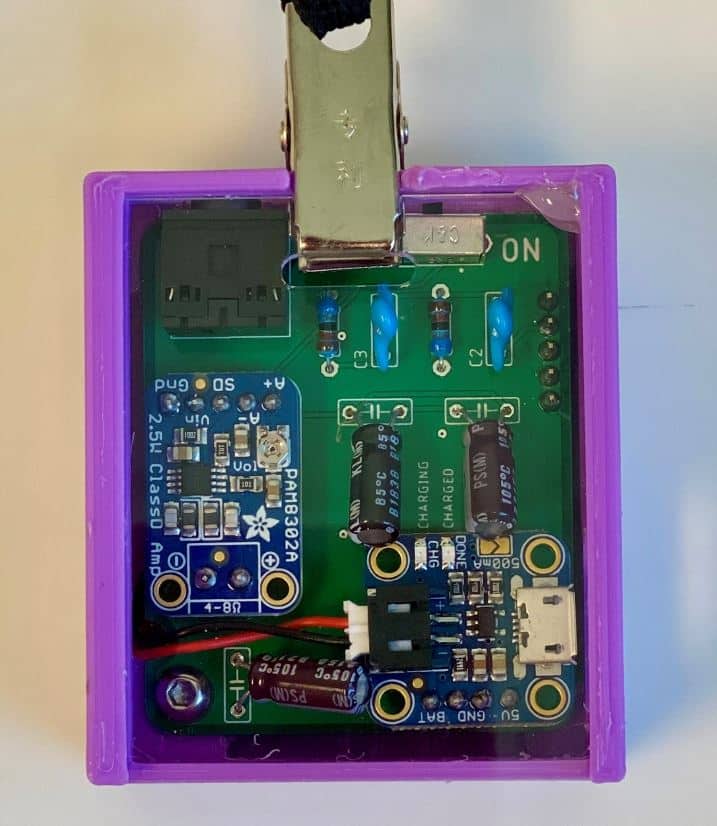Despite the increasing demand for assistive technology (AT), people with disabilities face significant barriers in accessing the tools they need due to high costs, limited availability, and other challenges. With an estimated 1.3 billion individuals expected to require AT by 2050, it is crucial to explore alternative solutions, improve availability and affordability, and raise awareness to ensure equal access for all.
Recognizing the immense potential and significance of this field, the latest Microsoft Accessibility Innovation grants have shifted their focus to low-cost AT in low- and middle-income countries.
In a recent post in the Microsoft Accessibility Blog, the company highlighted a number of projects that have the potential for significant social impact, including the $1 hearing aid project.
The One-Dollar Hearing Aid
Globally, around 230 million people suffer from age-related hearing loss (ARHL), with a majority residing in low- and middle-income countries, where access to affordable hearing aids is scarce. Despite the steady decrease in the costs of microprocessors and electronics over the past three decades, the prices of hearing aids have not followed suit. The World Health Organization (WHO) estimates that the current production of hearing aids meets less than 10% of the global demand.
A team led by Prof. Saad Bhamla at Georgia Tech in the United States has embarked on a mission to develop an over-the-counter (OTC) hearing aid that costs approximately $1 each. Their design revolves around local manufacturing and assembly, potentially involving people with disabilities, thereby promoting social impact and empowerment on a large scale.
“The challenge we set for ourselves was to build a minimalist hearing aid, determine how good it would be, and ask how useful it would be to the millions of people who could use it. The need is obvious because conventional hearing aids cost a lot and only a fraction of those who need them have access.”

Internal view of hearing aid. Credit: Microsoft
While the production cost may vary due to chip shortages and supply chain issues, the team aims to achieve an impressively low cost by leveraging open mass-manufactured electronic components and configuring the device specifically for ARHL. Moreover, through collaboration with the community, the device has been designed to be body-worn, ensuring ease of use for older adults who often struggle with the small in-the-ear hearing aids. This innovative design presents a remarkable opportunity to revolutionize the value proposition of hearing aids.
Clinically validated hearing aids are currently prohibitively expensive for low-income populations. Existing hearing amplifiers available in low- and middle-income countries consistently exhibit poor acoustic quality and fail to provide the necessary high-frequency gain for older adults with ARHL. Moreover, they amplify low-frequency sounds, which can be detrimental. By working closely with the community in Malawi, the team aims to develop an open, accessible, and affordable hearing aid tailored to individuals facing age-related hearing loss in economically disadvantaged nations.
Source: Microsoft






